India's bold GST overhaul: Praise for simplification, but a reality check on consumer savings
- Adv. Avanishkumar Y
- Sep 04, 2025
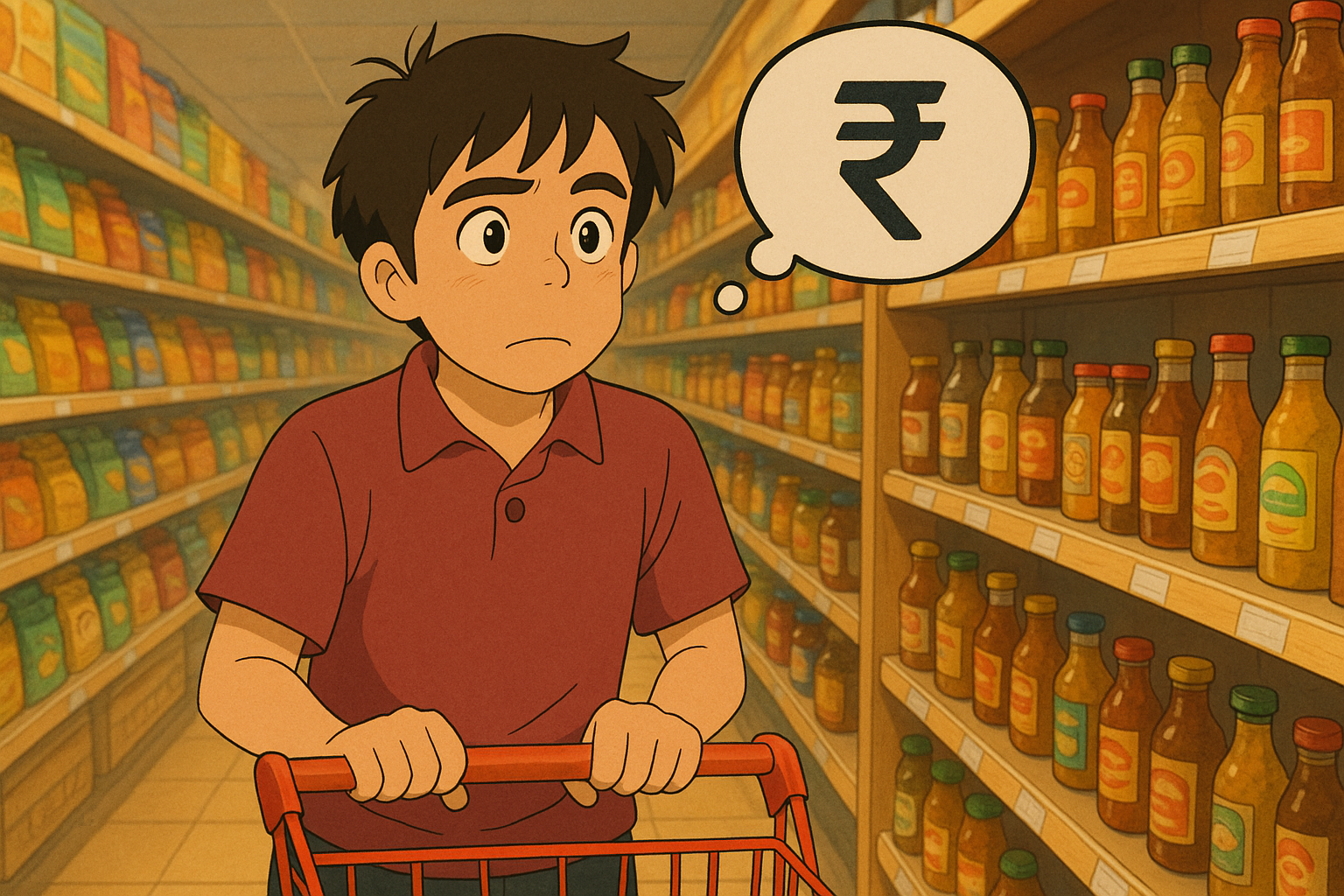
MUMBAI: In a landmark move aimed at revitalizing India's sluggish economy, the Goods and Services Tax (GST) Council, chaired by Finance Minister Nirmala Sitharaman, announced sweeping rate cuts and a simplification of the tax structure on September 3, 2025. Effective from September 22, 2025, the existing four tier system comprising 5%, 12%, 18%, and 28% slabs will be streamlined into just two primary rates: 5% and 18%, with a special 40% slab reserved for ultra luxury goods like high end cars and sin products such as tobacco. This reform, dubbed "GST 2.0" by some, has been hailed as a much needed stimulus to boost consumer spending, ease compliance burdens, and propel economic growth amid global uncertainties.
At first glance, the GST rate reductions deserve commendation for their potential to ignite domestic demand. By slashing taxes on hundreds of everyday items from packaged foods, soaps, and personal care products to consumer durables like mobile phones, TVs, air conditioners, and washing machines, the government is directly addressing the pinch felt by middle and lower income households. For instance, many food items previously taxed at 18% will now fall under the 5% bracket, potentially making essentials more affordable and freeing up disposable income for families. Similarly, reductions on electronics and appliances could lower prices by up to 10 to 15% on items like large screen TVs and laptops, stimulating sectors hit hard by post pandemic inflation.
The overhaul also extends to services, with notable cuts on health and life insurance premiums, which could encourage greater financial security among Indians. Farm goods, green energy products, small cars, and two wheelers have seen the biggest relief, aligning with the government's push for sustainable development and rural upliftment. Analysts project that these changes could lift India's GDP by 0.2 to 0.3% in FY26, as lower taxes fuel a consumption spike and attract more investment. Commerce Minister Piyush Goyal has even urged industries to pass on these benefits to consumers, signaling the government's intent to make this a pro people reform.
From a structural perspective, simplifying to two slabs is a masterstroke. The multi tier system introduced in 2017 often led to classification disputes, compliance headaches, and inefficiencies. This revamp promises smoother operations for businesses, reduced litigation, and a more predictable tax environment, benefits that could trickle down to foster innovation and job creation. In an era where India's economy is eyeing faster growth, these cuts come at a pivotal time, potentially setting off a virtuous cycle of spending and production.
However, while the intent behind these GST reductions is laudable, a deeper analysis reveals a persistent flaw in how tax changes play out in the real world: the asymmetry in corporate pricing behavior. When GST rates rise, firms are quick to pass on the increased costs to consumers, often hiking prices overnight to protect their margins. Yet, when rates fall, as in this latest overhaul, many businesses respond by quietly increasing the pre tax base price of goods and services, ensuring that the end consumer pays roughly the same amount. This phenomenon, often termed "sticky pricing" or "asymmetric pass through," means that tax cuts rarely translate into proportional savings for the average buyer.
Historical precedents in India abound. During earlier GST tweaks, such as the 2018 reductions on white goods, several manufacturers absorbed the benefits through higher ex factory prices, leaving retail costs unchanged or even elevated due to "market dynamics." The current reforms risk repeating this pattern, especially in oligopolistic sectors like consumer electronics and automobiles, where a handful of players dominate and can coordinate pricing strategies. For example, while the GST on air conditioners and TVs is being slashed, industry insiders suggest that companies might offset this by raising base prices amid rising input costs like semiconductors and metals.
But here is the problem: while GST cuts sound good on paper, do they always translate into lower prices at the retail level? If tax reductions are meant to stimulate demand, why do they so often fail to reach the consumer's pocket? The answer lies in weak enforcement mechanisms. Unlike some countries that mandate price monitoring after tax cuts, India's framework relies heavily on voluntary compliance and anti profiteering provisions under the National Anti Profiteering Authority (NAA). However, the NAA's effectiveness has been questioned, with limited penalties and slow resolutions allowing firms to game the system. As a result, the benefits of these GST cuts could disproportionately accrue to corporate bottom lines rather than household budgets.
Moreover, the introduction of a 40% slab for luxuries, while progressive in theory, might inadvertently encourage similar tactics in premium segments, where price sensitivity is lower. Sectors like dairy and packaged foods, which have seen stock gains post announcement, may prioritize shareholder returns over consumer relief. Ultimately, this underscores a harsh reality: tax cuts do not equal savings. Without robust safeguards, such as mandatory price audits or incentives for passing on benefits, these reforms could amount to little more than a corporate windfall disguised as economic stimulus.
To sum up, there is no doubt that the GST overhaul is bold and well intentioned, a step toward economic revival, simplifying a complex system and targeting relief where it is needed most, but its success will depend on how effectively it delivers real benefits to ordinary Indians. Strengthening anti profiteering mechanisms, mandating price audits, and linking tax relief to verified price reductions could make a real difference. Transparency, perhaps enabled by digital tracking, will be key.
From September 22, all eyes will be on the shop shelves. If prices truly fall, GST 2.0 could mark a turning point in India’s tax reform journey. If not, it risks being remembered as another corporate friendly policy wrapped in the language of consumer relief.



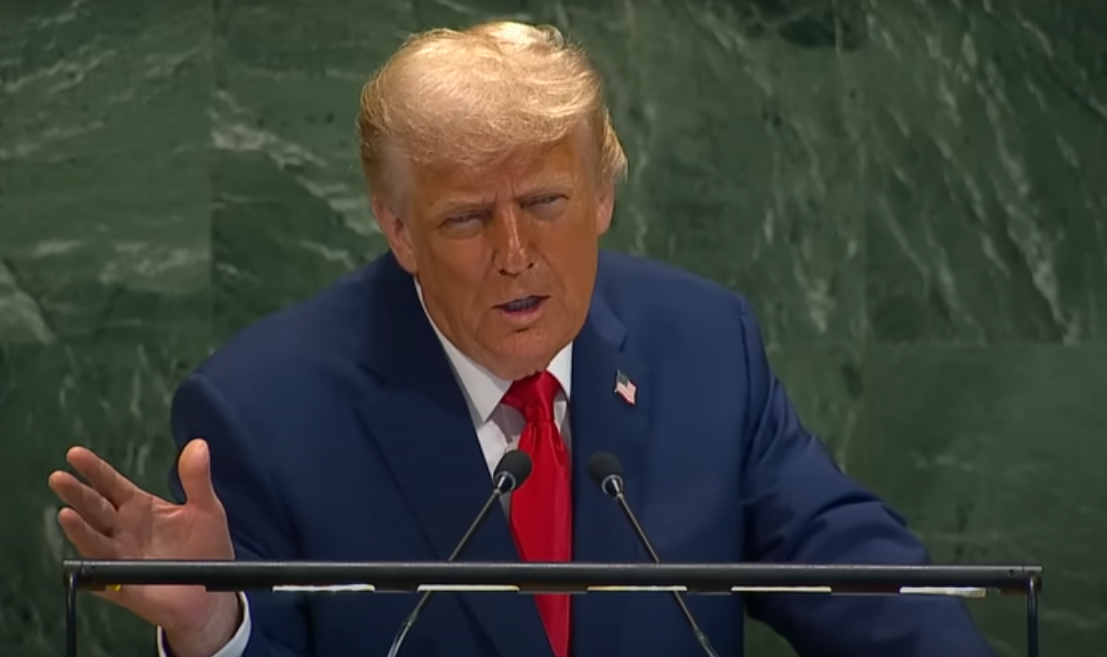
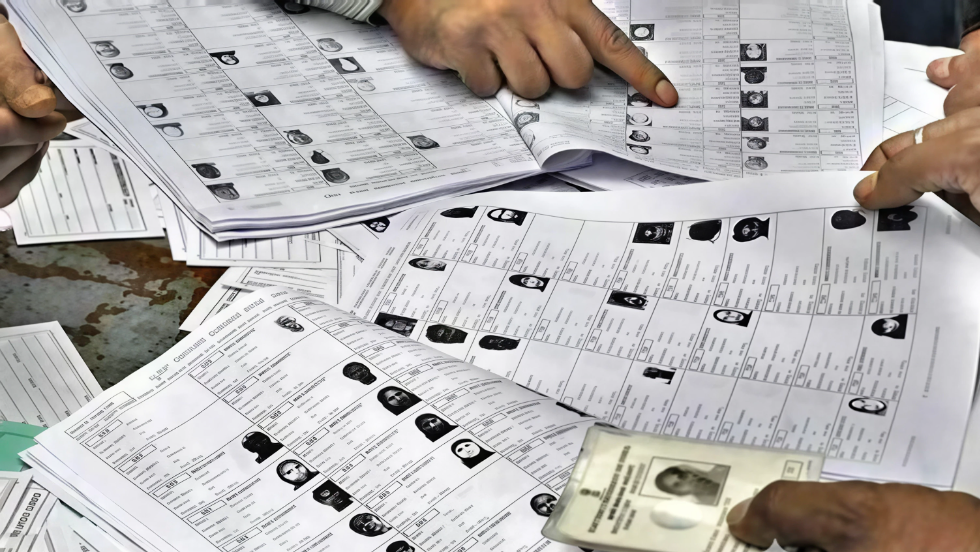
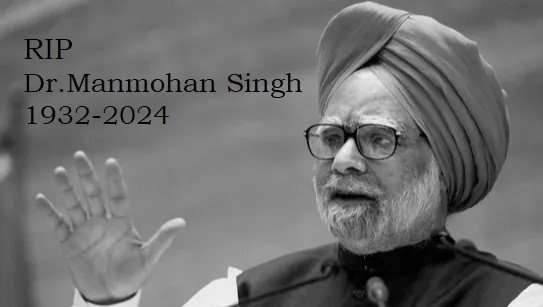
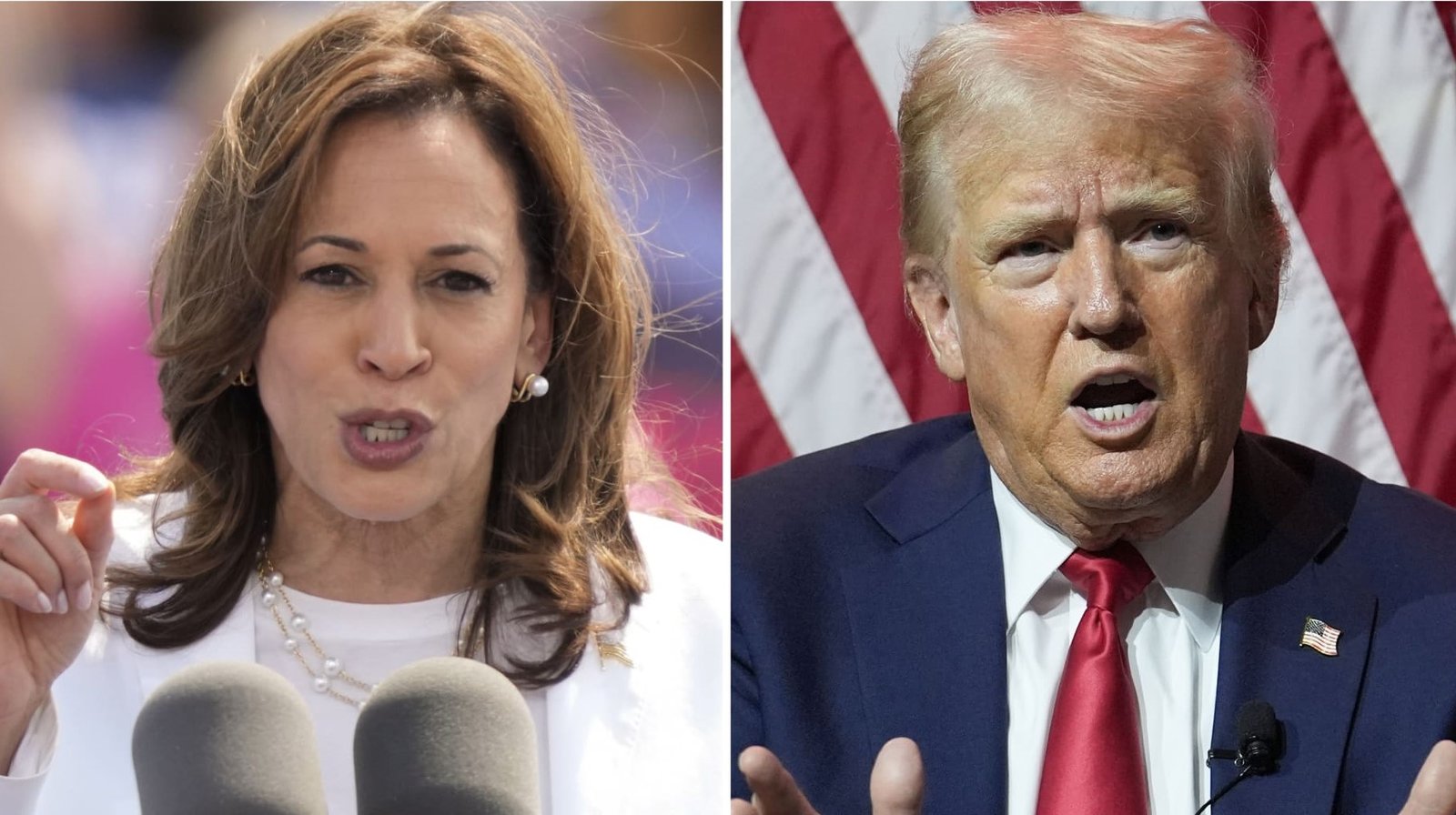
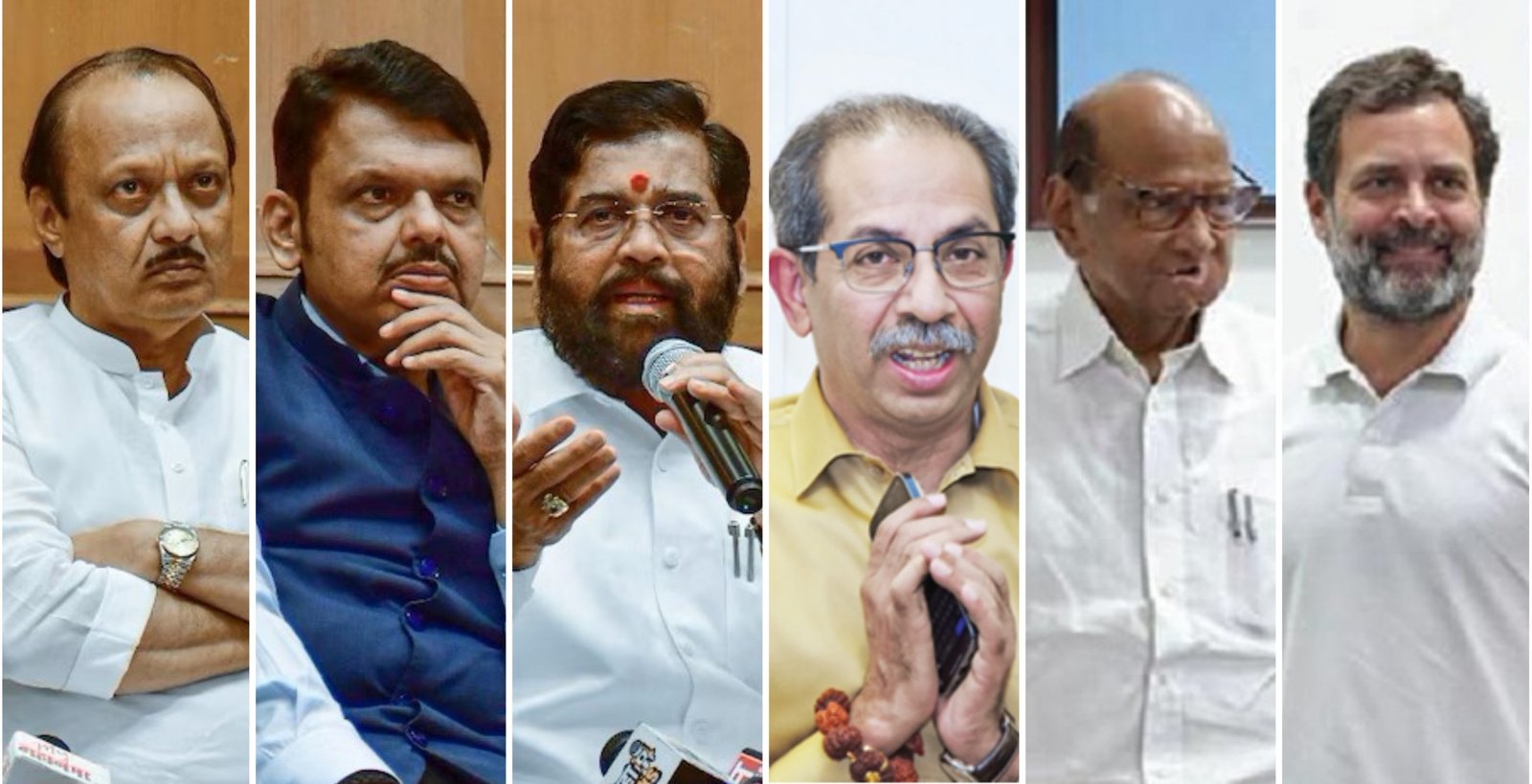
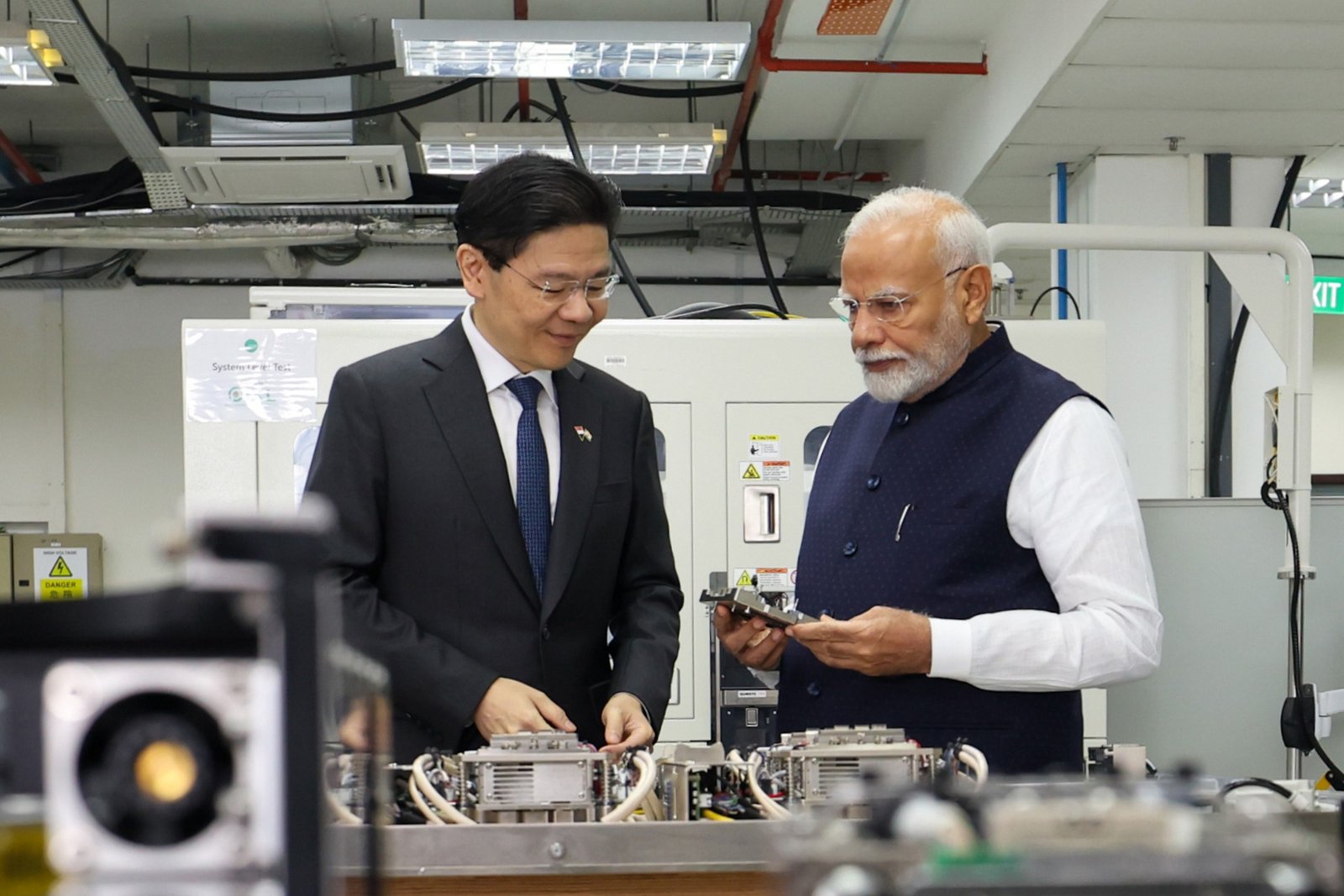

Reporter
Avanishkumar Y is our Consulting Editor. An accomplished corporate counsel, he brings extensive and diverse experience and is a leading columnist on corporate and commercial law, legal systems, and intellectual property rights.
View Reporter News